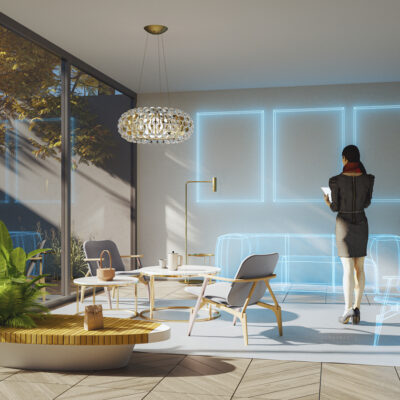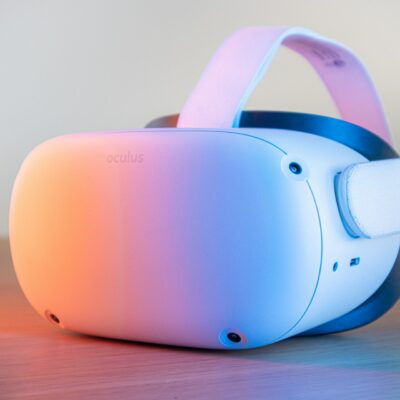Many tech giants are trying to make future video calls more lively and immersive.
Last week, a new patent application filed by Meta has come to light which shows how the whole experience might look like if its vision of the metaverse is to realize.
Even today, virtual avatars and environments can be used to do a virtual meeting via an extended reality (XR) device. Even though it is one step ahead of video calls, it feels cartoonish due to low quality 3D avatars.
So Meta is working on a new idea, which it has described in its latest patent application.
This technology will allow you to create a 3D photo-realistic model of your environment and place it in the field-of-view of your XR headset. So you will feel as if you are in your own virtual room/environment.
To make things more interesting, Meta also introduces the concept of “XR link.”
XR link basically will allow call participants to share their physical environment with others. It’s like inviting your friends to your home for snacks and casual afternoon chats.
Here is how this will be implemented according to the patent application. A camera will continuously take photos of the user’s environment to form a 3D model your room. A representation of it will be made available as the virtual environment in which the call is taking place.
So far so good. But now Meta takes things to the next level:
The camera will continue scanning the room and if any change is detected the environment will update the 3D model in real time. This means that if, say, your friend moves his chair, it will be reflected in the virtual environment too.
In another post we have already described how it will be possible to touch things in the metaverse. Combining these two technologies, it would be possible for you to play chess with your friends remotely.
It would also be possible to view the surroundings of all the call participants in a “grid” something similar to how it has been shown in this drawing:




